Pickleball’s soaring popularity has brought players of all ages to the court, eager to master its unique blend of tennis, badminton, and ping-pong. But as they dive into the game, many find themselves puzzled over one of its more nuanced rules: the double hit. It’s a situation that can cause a bit of head-scratching, especially for newcomers.
Understanding the double hit rules in pickleball isn’t just about avoiding penalties; it’s about playing smarter and more strategically. Whether you’re a seasoned player looking to refine your knowledge or a beginner aiming to get it right from the start, grasping this rule is key. Let’s break it down, making it as clear as a perfect day for pickleball.
What Constitutes a Double Hit in Pickleball?
In the fast-paced world of pickleball, players often wonder about the specifics of what constitutes a double hit. It’s a scenario that can occur during any match, adding a layer of excitement and, sometimes, confusion. Understanding the details of this rule is essential for both beginners and seasoned players alike, ensuring that the game remains fair and competitive for all involved.
Firstly, a double hit, also known as a multiple contact, is defined by the occurrence of the ball making contact with the player’s paddle more than once during a single swing. This can happen accidentally when the ball hits the edge of the paddle or bounces off it in an unexpected way. Unlike some other racquet sports, pickleball has specific regulations that address this scenario directly.
The Official Rulebook of Pickleball states that a double hit is allowed under certain conditions. The key requirement is that the double hit must occur during an unintentional, single, continuous swing. If the player does not deliberately hit the ball twice, and the motion does not stop or change direction between contacts, the hit is considered legal. This rule acknowledges that not every contact between the paddle and the ball can be perfectly controlled and allows for the fast-paced nature of the game to continue smoothly.
However, it’s essential to note that if a player swings twice to intentionally hit the ball or if the paddle stops moving between contacts, the double hit is considered a fault. This distinction encourages players to maintain a fluid motion during play and discourages attempts to gain an unfair advantage through manipulation of the rules.
The dynamics of a double hit bring an interesting strategic element to the game of pickleball. Players must not only focus on their swing but also how their paddle makes contact with the ball. This awareness can lead to more precise control and innovative strategies on the court. For instance, a player might use the opportunity of an accidental double hit to adjust the ball’s trajectory slightly, throwing off their opponent’s expectations.
Understanding and adhering to the double hit rule also speaks to the sportsmanship inherent in pickleball. It’s a game that values fairness, skill, and respect amongst players. While the fast-paced nature of the game can lead to inadvertent double hits, recognizing and playing within these rules ensures that the game remains enjoyable and competitive for everyone.
Common Misconceptions about Double Hits
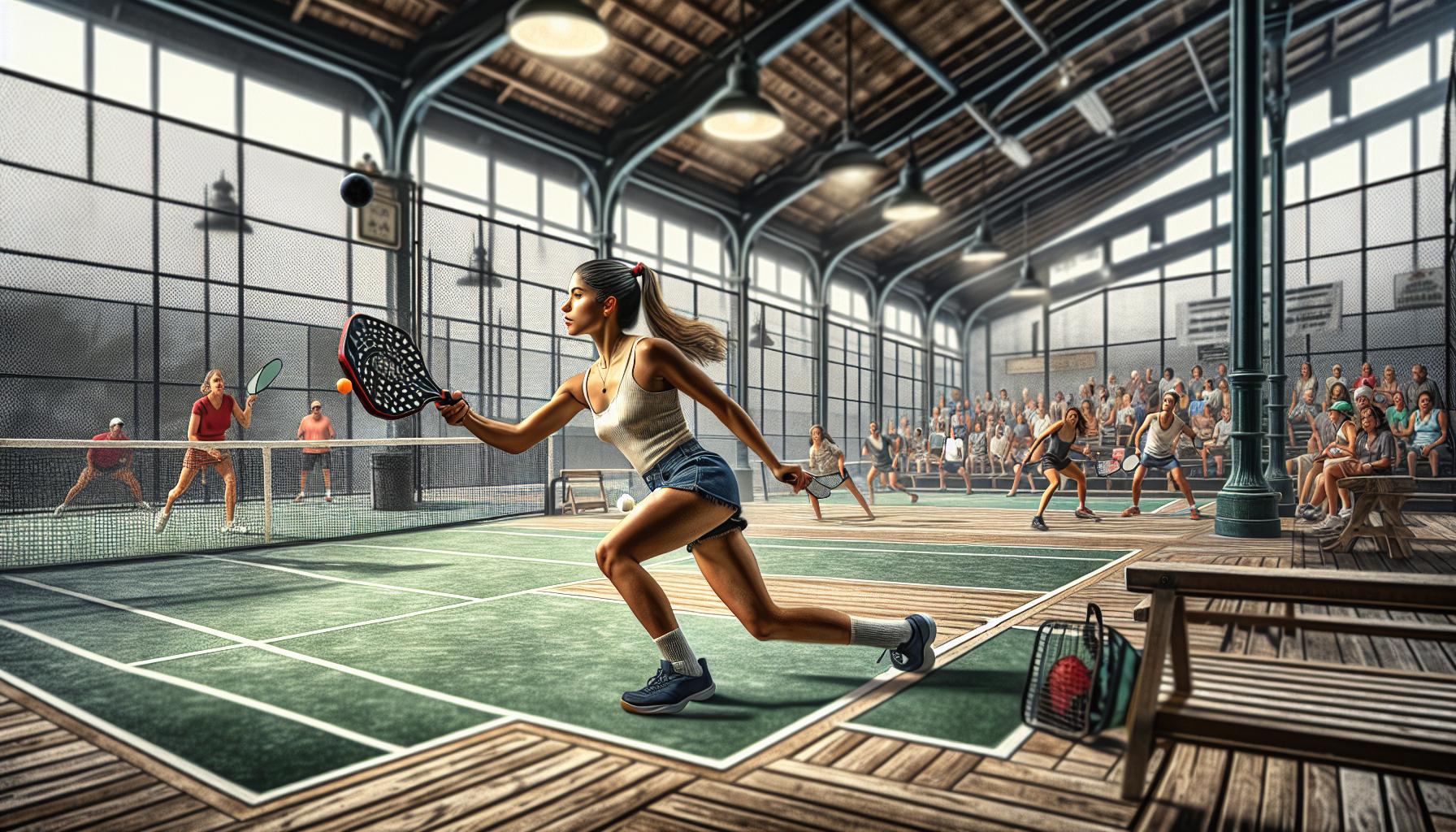
When it comes to pickleball, a few inaccuracies frequently cloud players’ understanding of the double hit rule. These misconceptions can lead to unwarranted disputes and confusion during games. Let’s clear the air on some of the most common misunderstandings.
Firstly, many believe that any contact of the ball with the paddle more than once is illegal, regardless of intent or motion. This is not the case. The rules specifically allow for double hits if they occur from one continuous swing and are unintentional. The spirit of the rule is to maintain the flow of the game, not penalize players for slight and unintentional deviations.
Secondly, there’s a misconception that if a double hit occurs, it automatically results in a point for the opposing team. This belief ignores the rule’s emphasis on intent and continuity. Only when a double hit is intentional or involves a non-continuous motion does it result in a fault. Otherwise, the play continues without penalty.
Another area of confusion lies in the detection of a double hit. Some players assume that any unusual sound or trajectory of the ball signifies an illegal double hit. In reality, the uniqueness of each play makes it hard to judge solely based on these factors. A ball can make an unexpected sound or take a strange path due to various reasons like spin or hitting the edge of the paddle, which are entirely legal.
The belief that double hits can easily be called by the serving team or spectators also muddles understanding. However, unless a double hit is blatantly obvious, it’s often difficult for anyone not in the immediate vicinity of the hit to accurately judge. Thus, players are encouraged to rely on honesty and sportsmanship, acknowledging unintentional double hits when they’re aware of them.
| Misconception | Reality |
|---|---|
| All double hits are illegal. | Only intentional or non-continuous double hits are faults; accidental ones are allowed. |
| A double hit automatically awards a point to the other team. | Points are only awarded for intentional or rule-breaking hits; accidental ones continue play. |
| Unusual sounds or ball trajectories indicate a fault. | Many factors can cause these effects; they don’t necessarily signify a double hit. |
| Double hits are easily called by observers. |
Accurate judgment often requires close proximity and an understanding of the intent.
How to Avoid Double Hits During a Pickleball Game
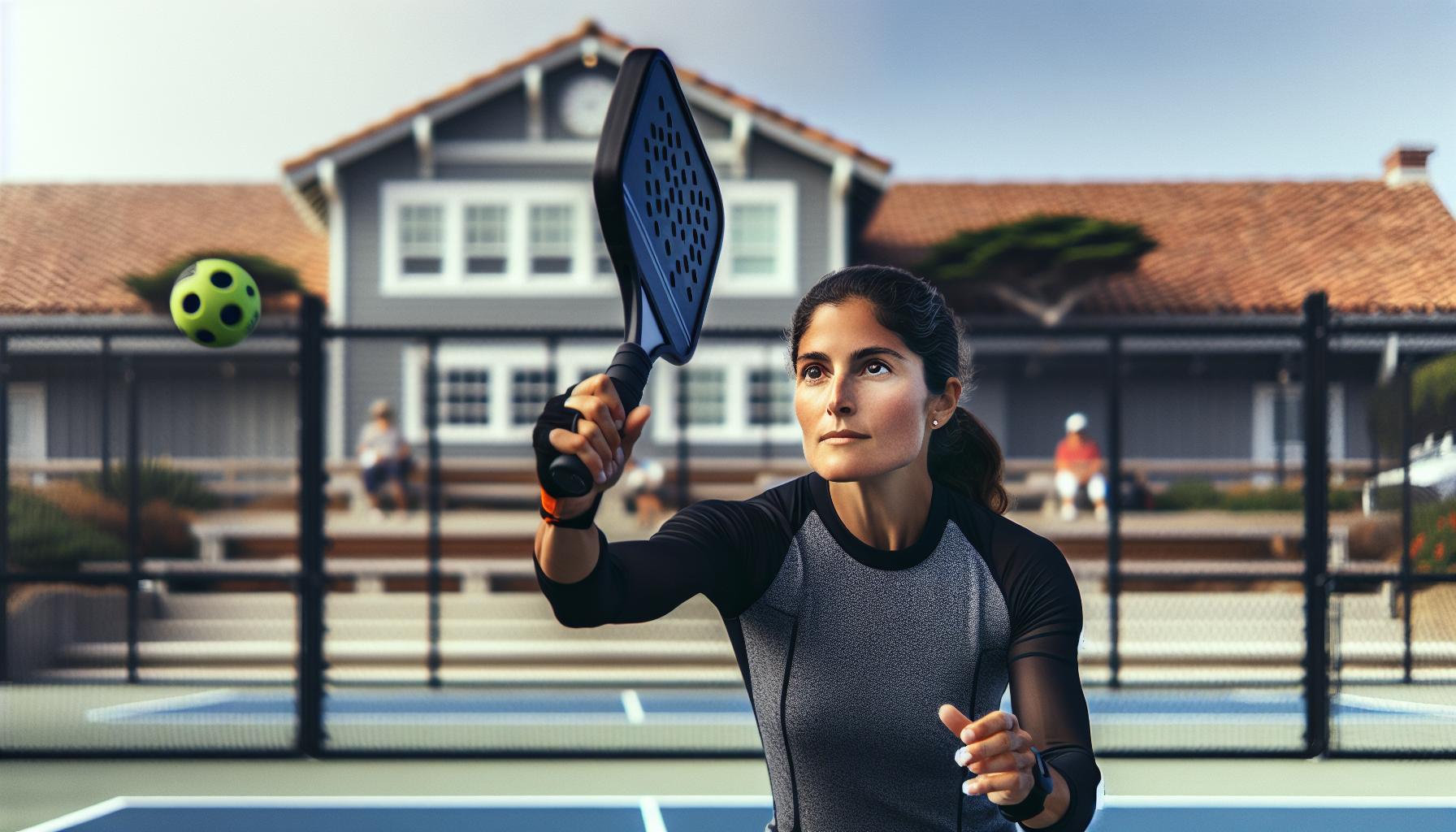
Avoiding double hits in pickleball not only adheres to the game’s rules but also enhances gameplay. Mastery over the paddle and the ball significantly reduces the chances of unintentional faults. Here are practical tips to help players prevent double hits.
Master the Grip
A firm grip on the paddle is the first line of defense against double hits. Players should ensure their grip allows for both power and precision without sacrificing control. Adjusting the grip during fast-paced exchanges can be challenging, but becoming comfortable with a versatile grip style is essential for those looking to decrease their chances of double hits.
Improve Hand-eye Coordination
Hand-eye coordination plays a vital role in accurately striking the ball and avoiding double hits. Practicing drills that focus on precision and control can significantly improve one’s hand-eye coordination. Exercises like rallying against a wall, playing catch with a small ball, or engaging in paddle drills without the ball can sharpen this skill.
Understand Ball Trajectories
Anticipating where the ball will land and its trajectory helps players position themselves better, reducing the need for awkward, last-minute hits that can lead to double contacts. Players should practice reading the ball’s path as soon as it leaves their opponent’s paddle. This foresight allows for better-prepared strokes and position adjustments, minimizing the risk of double hits.
Focus on Follow-Through
A common cause of double hits is an incomplete follow-through on the stroke. Ensuring that each hit is accompanied by a full swing through the ball can help avoid accidental contacts. Players should concentrate on their swing technique, making sure that the paddle moves in a smooth, continuous motion without hesitancy or abrupt stops.
Communicate with Doubles Partner
In doubles play, communication with one’s partner is paramount. Clear calls and understanding each other’s playing style reduce confusion and overlapping efforts, which can lead to double hits. Establishing strategies and using verbal cues help in coordinating movements and shot responsibilities, ensuring a cleaner, more synchronized play.
Practice Makes Perfect
Lastly, the best way to avoid double hits is through regular practice. Familiarity with the paddle, ball, and the dynamics of the game comes from consistent play. Participating in drills designed to improve control and precision, as well as playing matches, allows players to naturally adapt their techniques to avoid double hits.
Tips for Understanding and Applying Double Hit Rules
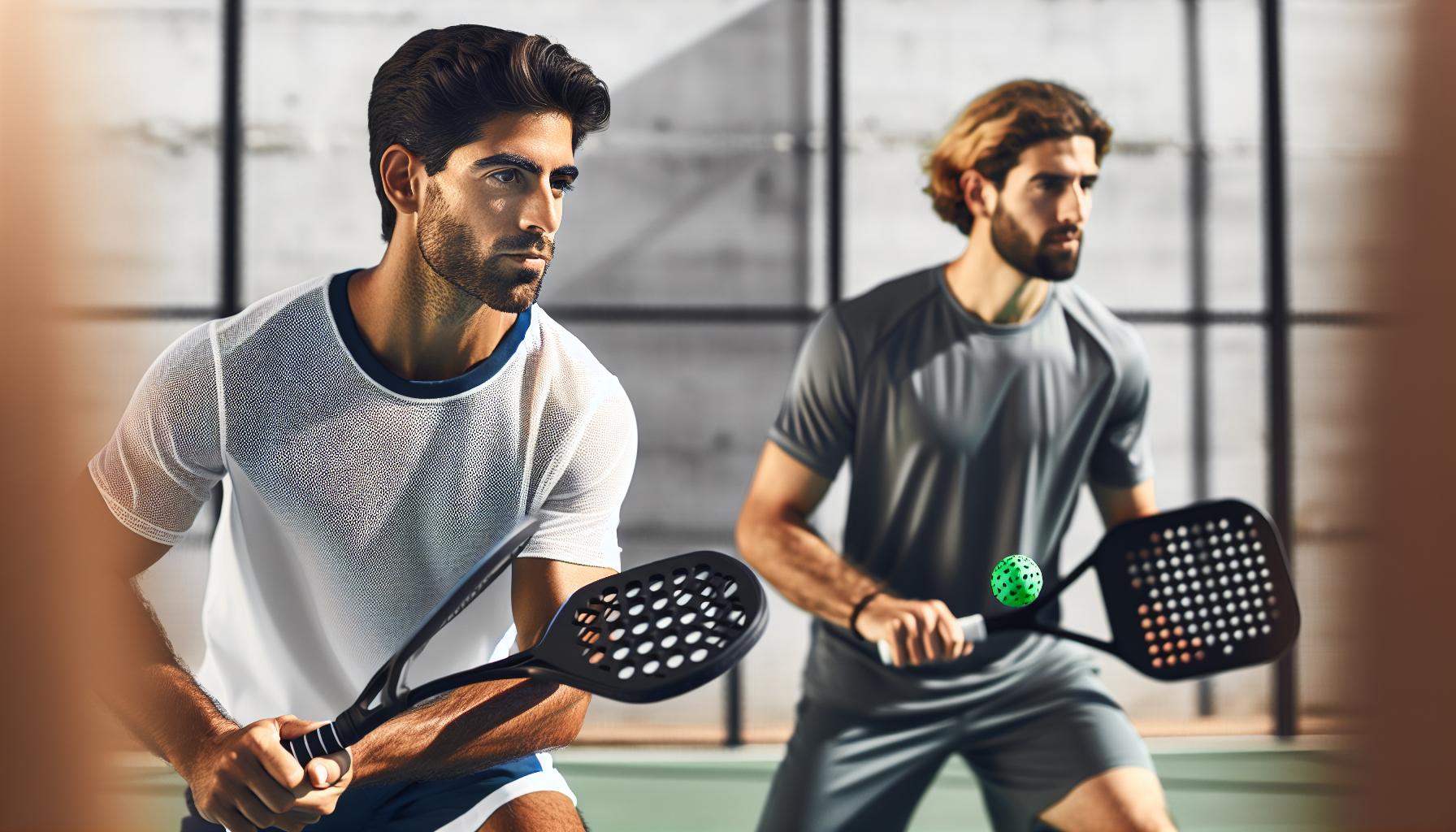
Double hits in pickleball, often a point of confusion and contention among players, rest on a bedrock of well-defined rules designed to keep the game fair and competitive. To navigate these waters with grace and accuracy, players at all levels can benefit from a few key strategies.
First and foremost, familiarizing oneself with the official rules regarding double hits is essential. The USA Pickleball Association (USAPA) outlines that unintentional double hits are allowable as long as they occur during a single swing motion. This means that players should not be concerned with shots that might accidentally hit the paddle or body twice, as long as there wasn’t a distinct second attempt to hit the ball. Interactive quizzes and rulebook discussions can significantly enhance one’s understanding of this aspect, turning rule knowledge from a chore into a strategic advantage.
Engaging in scenario-based practice sessions is another effective way players can internalize the rules of double hits. By simulating situations where a double hit might occur, players can get a better feel for how to adjust their play style to avoid rule breaches. For instance, working on drills that focus on ball control and paddle positioning can help in minimizing unintentional double contact with the ball.
At the heart of pickleball strategy is communication, especially in doubles play, where double hits commonly occur due to miscommunication or lack of coordination. Teams should develop clear signals or verbal cues to establish who’s taking the shot when the ball is within reach of both players. This not only diminishes the chances of double hits but also strengthens team dynamics and overall strategy.
Equally important is the cultivation of paddle control and finesse. A player’s ability to maneuver their paddle with precision drastically reduces the likelihood of double hits. This includes mastering a diverse range of strokes, from soft dinks to powerful volleys, ensuring the player has the right tool for every situation. Paddle drills that emphasize control over power can be particularly beneficial in enhancing these skills.
Lastly, it’s imperative for players to stay informed about rule updates and interpretations. The rules of pickleball evolve, and staying abreast of the latest changes is crucial for competitive play. Subscribing to official pickleball newsletters, participating in forums, and engaging with local clubs are excellent ways to stay informed and also foster a deeper connection with the pickleball community.
Conclusion
Mastering the double hit rules in pickleball isn’t just about staying within the lines of fairness; it’s a step towards refining your game to its finest. By diving deep into the official rules, engaging in practical drills, and fostering clear communication on the court, players can turn potential pitfalls into opportunities for growth. As the sport continues to evolve, so too should our understanding and application of its rules. Whether you’re a seasoned player or just starting, embracing these strategies will not only improve your gameplay but also enrich your pickleball journey. Let’s hit the court with confidence and a solid grasp of the double hit rules!

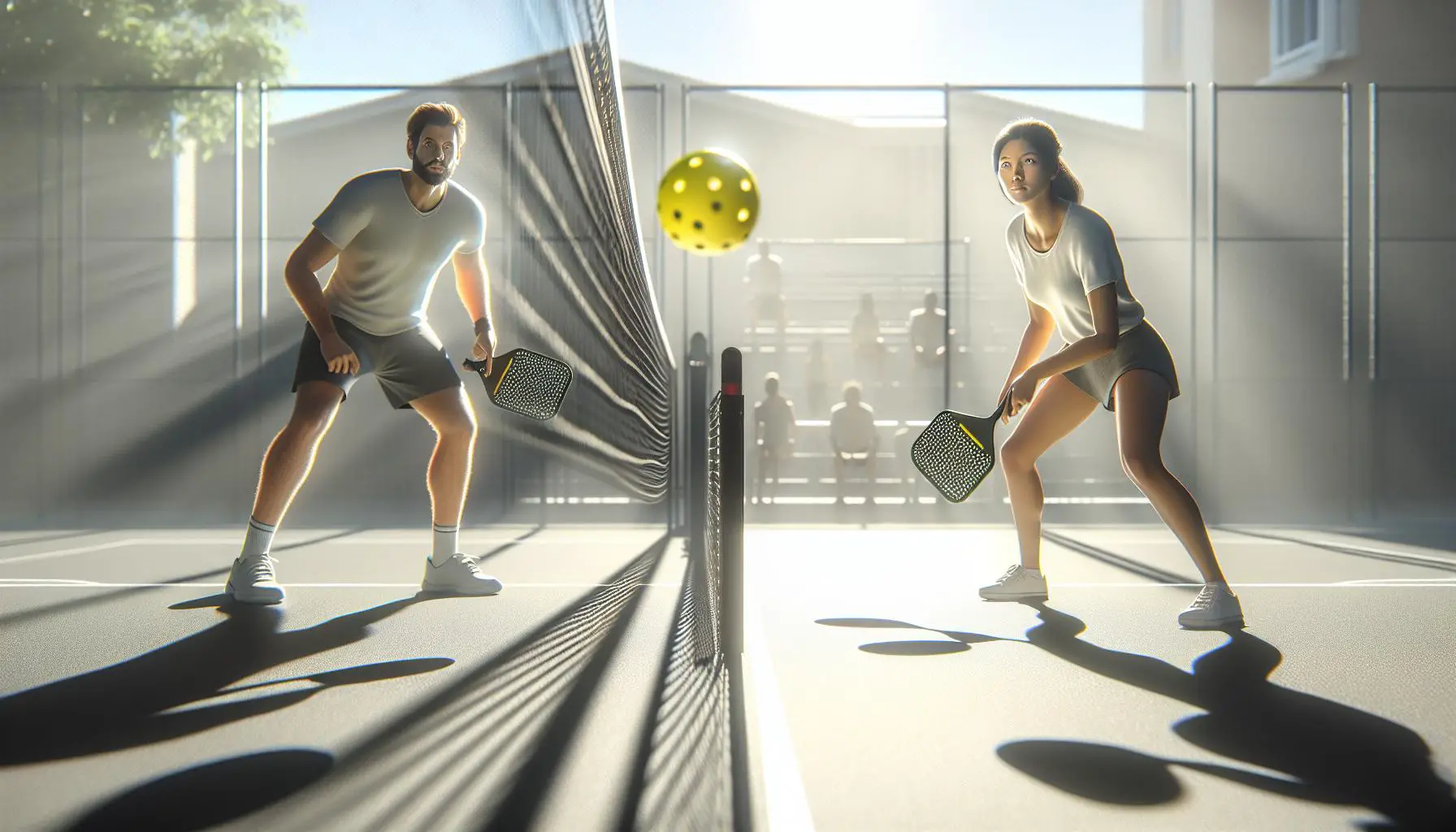









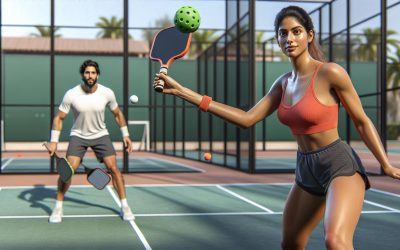
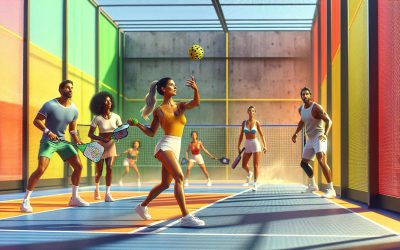

0 Comments